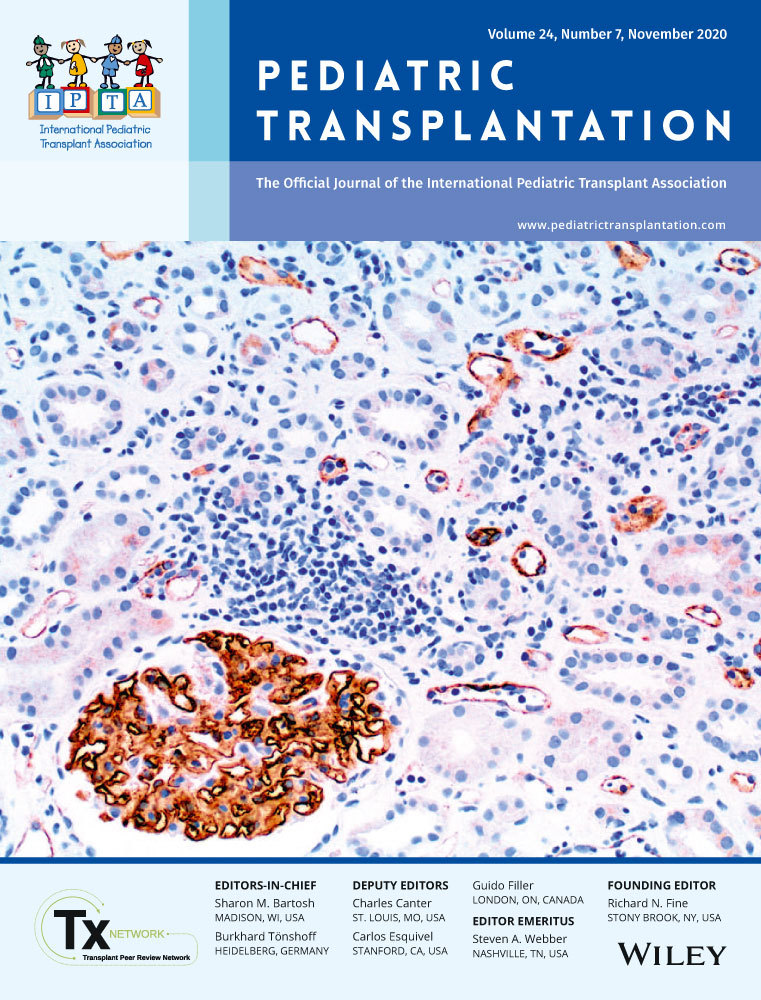Time to second kidney transplantation in young adults after failed pediatric kidney transplant
Abstract
Background
Under the current kidney allocation system, pediatric candidates listed prior to age 18 receive priority for high-quality deceased donor organs. This has resulted in a decline in living donor transplantation in pediatrics, despite superior outcomes of living donor transplantation. Due to a young age at transplantation, most pediatric kidney transplant recipients require re-transplantation. The effects of a previously failed deceased donor vs a previously failed living donor on re-transplant candidates are unknown.
Methods
Using the United Network for Organ Sharing database, we examined 2772 re-transplant recipients aged 18-30 years at time of relisting for second KT from 2000 to 2018 with history of prior pediatric KT (age ≤ 18 years).
Results
PFLDKT recipients compared to those with PFDDKT had shorter median waiting times and dialysis time regardless of their second donor type (14.0 vs 20.3 months, and 19.1 vs 34.5 months, respectively). PFLDKT recipients had higher re-transplant rates (adjusted HR 1.17, 95% CI 1.09-1.27, and adjusted HR 1.05, 95% CI 0.95-1.15 when calculating from time of relisting and time of returning to dialysis, respectively). PFDDKT recipients were more likely to have higher median PRA levels (90% vs 73%).
Conclusions
Re-transplant candidates who received a previous deceased donor as a child had a higher level of sensitization, longer waiting time, and dialysis exposure compared to those with PFLDKT. Among primary pediatric kidney transplant candidates, consideration should be considered for living donor transplantation, despite the priority for deceased donor organs, to avoid increased sensitization and longer waiting times for with re-transplantation.
CONFLICT OF INTEREST
The authors declare no conflicts of interest.




